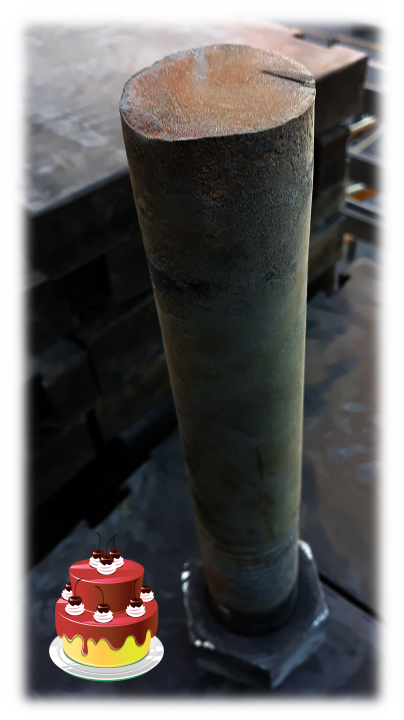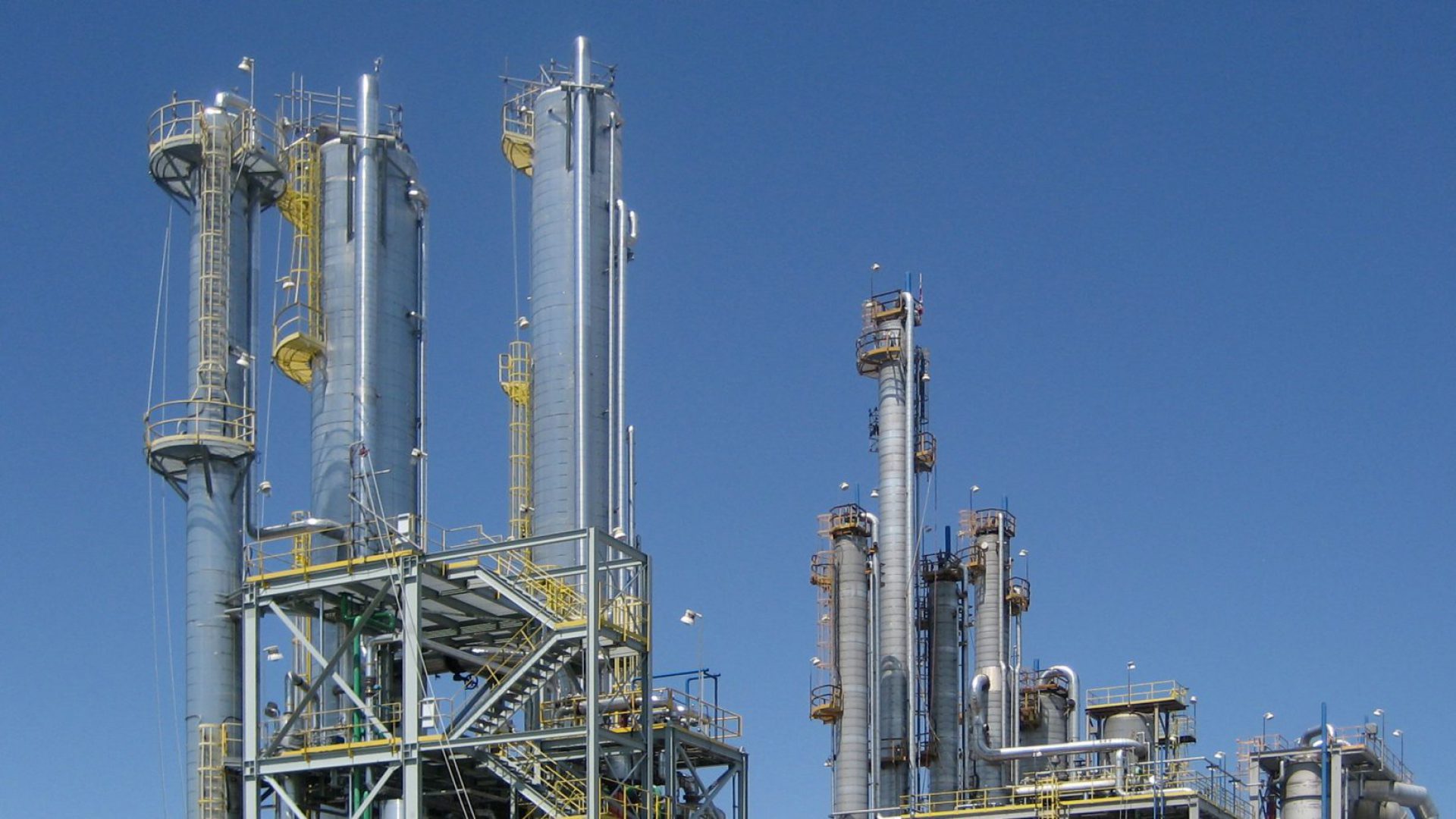bolts and cake.
a combination which leaves a bitter aftertaste

We often travel to sites around the world to troubleshoot cases where loss of bolted joint integrity has led to equipment or structural failure, lost production, environmental impact, injury or, worse. Although there are many factors which contribute to these kinds of problems, the most common is that often and in spite of the critical nature of the application, the installers, inspectors, and authorities had no idea how tight their bolts were. They torqued, tensioned, turned or heated and walked away, assuming that all was well. Alas, for reasons which should be well understood, it usually wasn’t.
- Not knowing how tight bolts are is one thing. Not knowing how tight they must be is quite another.
We were once engaged by a client in Africa to come out to address bolt failures at a major industrial site which resulted in repeated unplanned forced shutdowns. Since these recurring process interruptions caused extensive revenue loss, this was a typical high-priority project. One of the first things our engineer did was ask the manufacturer of the components on which the fasteners were failing: “How tight must your bolts be?”. The reply included a vague torque reference. Our engineer responded that this is not what was asked for since torque is only an applied force, not the desired resultant force; he needed to know the latter in order to move along further in the analysis of the site’s problems. Despite pointing out this fundamental difference, no such figures were provided. They couldn’t be; they weren’t known! The OEM’s design engineer stated that all they had was a torque figure which was based on a value “that worked best from past experience”. Notwithstanding that using arbitrary one-size-fits-all specs is asking for trouble, the torque value was provided by the component manufacturer’s bolt supplier!
Absolutely astounding. Absolutely absurd.
The problem with the above is that these components are installed in closed systems which are unique in terms of configuration and operating characteristics. During design, the manufacturer’s engineer must first determine how much force tries to separate the components within each system. Using this value, the engineer then finalises the flange interfaces and specifies the material of the bolts, their size, their layout and their preload (“tightness”) so that the total bolt clamp force is greater than the system separation force yet within its mechanical strength limit. Only at that point can the engineer try to provide an appropriate torque target. It’s often a complex exercise demanding extensive design study.
Asking a bolt supplier to specify the applied torque is ludicrous. Bolt suppliers can't define how tight their bolts must be in their customer’s applications. They only know how tight their bolts can be! The difference in the two is significant.
The ubiquitous “torque charts” so often seen on bolt supplier’s web sites are particularly egregious. They’re usually based on one particular “tightness” equivalent to either 70% or 75% of a fastener’s Yield Strength. Without even getting into the dubious relationship between torque and bolt stress, it should be mentioned that some torque charts attempt to convey a modicum of credibility by stating that these values are based on a certain “K Factor”. Even if the sun, stars, planets, their moons and ours aligned perfectly and that the stated friction factor was actually relevant to the application, the resultant load may be too little or too much; the application itself may require a fastener tightness equivalent to 40, 50, 60, 80 or 90% of Yield!
Summary
Relying upon a bolt supplier or their torque charts to define the proper bolt tightness for your application is like asking an oven manufacturer to specify the baking temperature for the new cake recipe that you've just developed. Ludicrous. The manufacturer has no idea about how your ingredients will interact; they’re not cake experts, they’re oven mongers! They simply don’t have the ability to tell you how hot their oven must be for your unique application. They only know how hot their oven can be.
On-site Verification. Our speciality.

